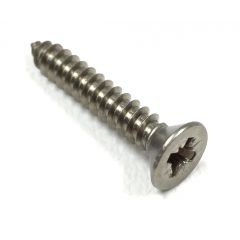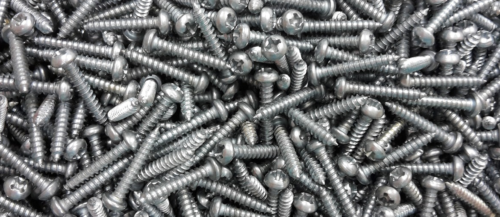Self-tapping and self-drilling are two of the main types of screws used all over the world in a multitude of diverse projects. You may have heard both terms used interchangeably but there are obviously differences between them and getting it right is easy with our handy breakdown of both below.
Self Tapping Screws
This is the most common term and is broadly used to mean any of the three types. A self tapping screw has the ability to advance as it is driven, creating its own threads as it goes - this is in contrast to components such as machine screws, where a pre-threaded cut is necessary to achieve good results.
Each screw is given an accurate, continuous cutting edge to drill away whatever material it is used on and it is this edge that does all the work, not the point of the screw as is commonly believed.
Self Drilling Screws
These can be most closely compared to sheet metal screws but have a drill-shaped point which can cut strongly through metals without the need for pilot holes. Usually used on soft steel, self drilling screws are arranged by size and numbered 1 to 5 - higher numbers are used for thicker metals.
A five-point self drilling screw, which can also be referred to as a tek screw, pro point or drill bit tap screw, is capable of drilling through a 13mm piece of steel sheet.
BS Fixings supply both types along with others so if you want your project to end with perfectly professional results, which of course you do, then start with the best components, available at the most competitive price from BS Fixings. Find out all the technical details on the product pages and get in touch with us if you need further advice.







